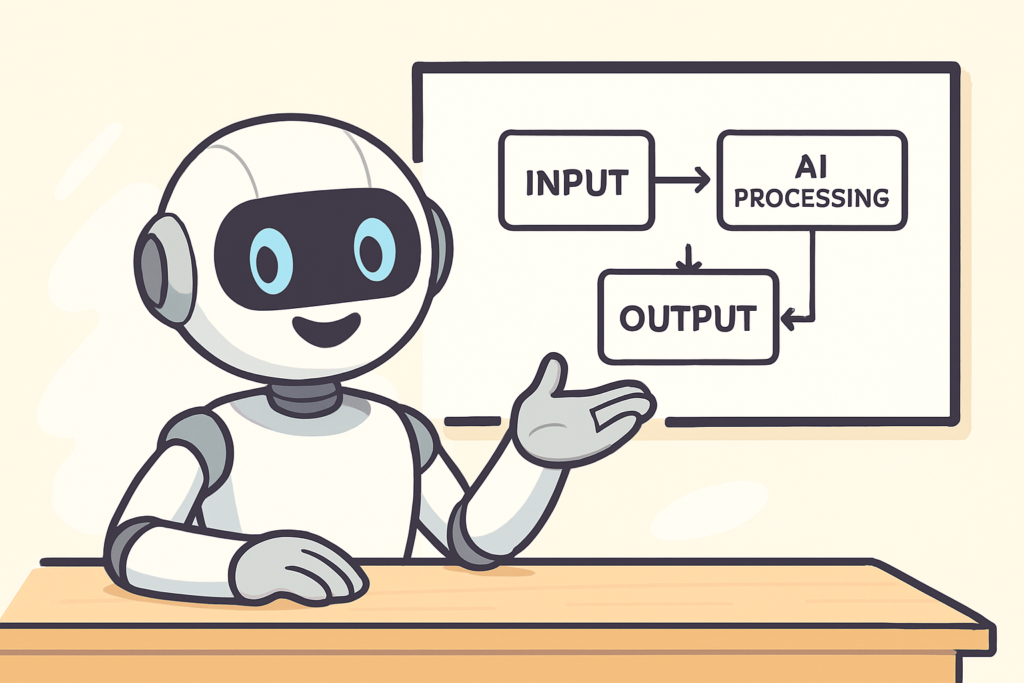Understanding AI Bias: What Business Owners Should Be Aware Of
Artificial Intelligence learns from data. If the data reflects existing societal biases, the AI can learn and even amplify those biases. While you might not be building complex AI models, understanding AI bias is important even when using AI tools in your business.
What is AI Bias?
AI bias occurs when an AI system produces results that are systematically prejudiced due to flawed assumptions in the machine learning process. This often stems from biased training data but can also arise from the algorithm design itself.
How Bias Can Manifest in AI Tools (Examples):
- Language & Tone: An AI writer trained predominantly on formal text might struggle to generate natural-sounding casual or culturally specific language. It might perpetuate stereotypes found in its training data.
- Image Generation: AI image generators might default to stereotypical representations when given vague prompts (e.g., generating mostly male images for “doctor” or “CEO”). They might struggle to accurately depict diverse ethnicities or body types if the training data was skewed. (Compare tools here).
- Recommendation Engines: If an AI recommending products is trained on biased purchasing data, it might unfairly exclude certain groups or over-promote items to specific demographics.
- Sentiment Analysis: AI analyzing text sentiment might misinterpret sarcasm or culturally nuanced language, potentially misclassifying feedback.
- (More Complex Systems): In areas like loan applications or hiring (less common for basic SMB tools), bias can have severe real-world consequences, unfairly disadvantaging certain groups.
Why Should Small Businesses Care?
- Brand Reputation: Using AI tools that produce biased or stereotypical content can reflect poorly on your brand and alienate customers.
- Marketing Effectiveness: Biased outputs might lead to marketing messages that don’t resonate with or even offend parts of your target audience.
- Ethical Considerations: It’s important to strive for fairness and inclusivity in all business practices, including the use of technology.
- Misleading Insights: Relying on biased AI analysis (e.g., flawed sentiment analysis) could lead to poor business decisions.
What Can You Do?
- Be Aware: Simply knowing that AI bias exists is the first step. Critically evaluate the output of AI tools.
- Use Specific & Inclusive Prompts: When prompting AI writers or image generators, be specific about desired diversity or characteristics to counteract potential defaults (e.g., “Show a diverse group of professionals collaborating,” “Write this in gender-neutral language”). Master prompting basics.
- Review and Edit Carefully: Human oversight is crucial. Don’t blindly trust AI output. Review generated text and images for fairness, accuracy, and appropriate representation. Correct any biased or stereotypical content.
- Diversify Your Inputs (Where Applicable): If using AI to analyze feedback, ensure the initial feedback collected represents diverse customer voices if possible.
- Choose Tools Mindfully (If Possible): Research AI tool providers. Do they discuss efforts to mitigate bias in their models? (This information isn’t always available but worth looking for).
- Prioritize Fairness: Make conscious choices to promote inclusivity in the content you ultimately publish or the decisions you make based on AI insights.
Understanding AI bias isn’t about discarding useful tools; it’s about using them responsibly and critically. By being aware and applying human judgment, you can leverage AI’s benefits while minimizing the risk of perpetuating harmful biases.
(Internal Link Suggestions: Link “[Compare tools here]” to Article 20, Link “[prompting basics]” to Article 10)

